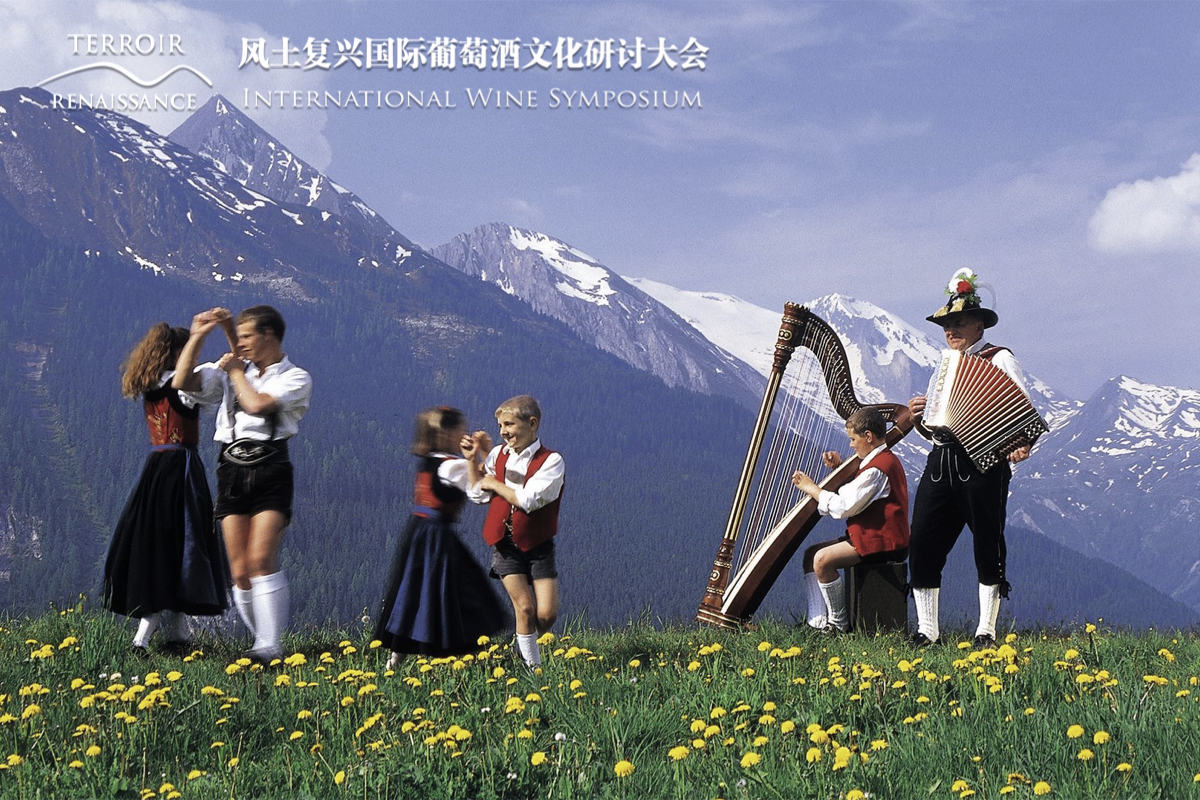
05 Masterclass: Decode the Terroir of Austria with Wilhelm Klinger and Young Shi
There is such a country, where the people have enjoyed the music in the avenues and alleys ever since they were born. After dinner, they take a walk and optionally go to the concert, hand in hand.
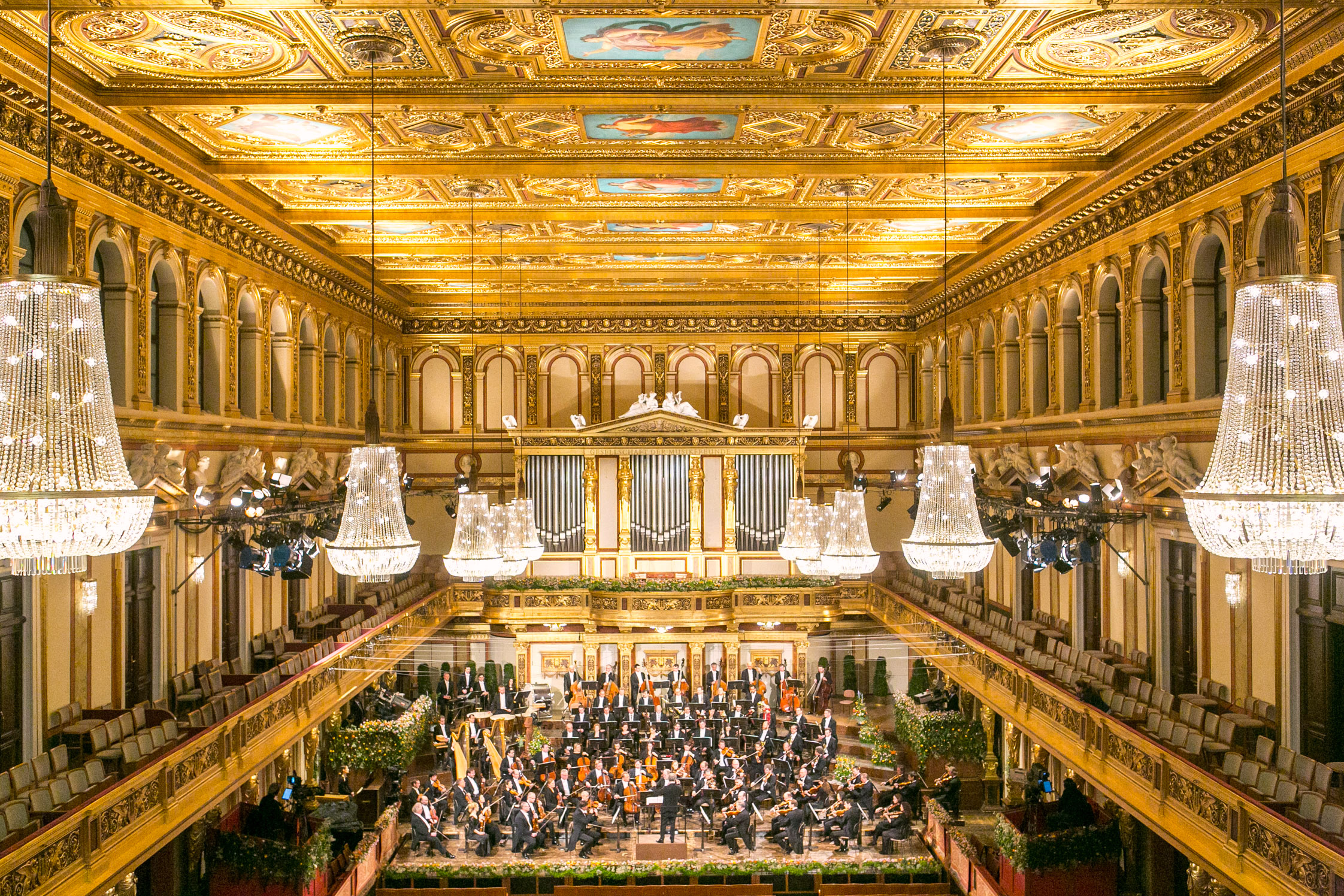
Even in a small town that is almost impossible to be found on the map, the residents from kids to old men are professional enough to form an orchestra to perform in the town square at any time in a very ordinary day in their lives.
In such a country, buying a cup of juice in the supermarket probably shocks you, because the prize of lottery is a non-slip belt for skiing. At this point, you will truly understand that what it’s like to come to a place where outdoor sports are so popular – no matter how cool the ski equipment is, no one looks at you on the road.

In such a country, if you dare to say “coffee” for a cup of coffee, the waiter will despise you in an instant, “Oh, this is a stupid visitor!” Because you have to explicitly order Melange, Einspänner, Eiskaffee, Großer Brauner or Mokka, Café latte. The Italians fuss with coffee? That’s because they haven’t met the more exigent people!
In such a country, the gap of the techniques for photography between professional cameras and mobile phones has been minimized. With such a suffocatingly beautiful scenery, from the remains of the old castle to the quiet village, from the enchanting Valley to the foggy snow jungle, you can get the postcard-level photos regardless of layout, gradation or light and shadow!
It is the hometown of the music genius Mozart, the sanctuary of European classical music, a place where there has the largest number of ski resorts under the Alps and a giant oxygen bar with sweet air.
It is Austria! It is full of elegant life and the sense of humanity. Sometimes I even enviously wonder if the vines here have been injected with melodies.
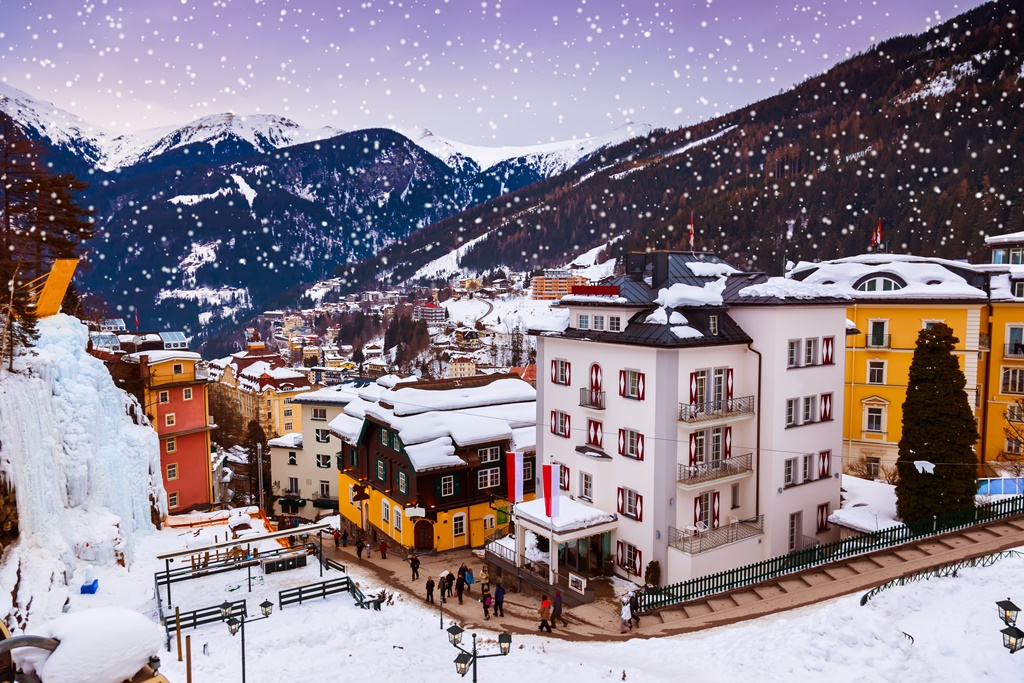
However, every time I meet Austrians, I can’t help talking about their two major crimes that are “unforgivable” in my eyes:
Crime 1: The Chinese has a tradition of hospitality; the best wines will be exported first; while the proud and rich Austrians are exactly the opposite:
The wines of best quality are basically sold in domestic market, only a few of them have the opportunity to enter the international market; therefore, in the world of wines, Austria has always been a very unpopular and minor production area, which has long been marginalized and ignored.
Crime 2: They are quite impatient. They have the grapes with a great aging potential (such as Grüner Veltliner, Riesling, etc.), but they can’t wait, the wines are drunk while they’re still young.
Looking at my distressed face, the Austrians give the explanation: most people here who love wines do not have such drinking habit; on the contrary, they prefer the fresh one.
While many famous wineries have not gathered all the grapes, their quotas of the year have all been ordered: the customers can’t wait to open the bottle as soon as they receive the new wines. What a picture of “waiting for feeding”!
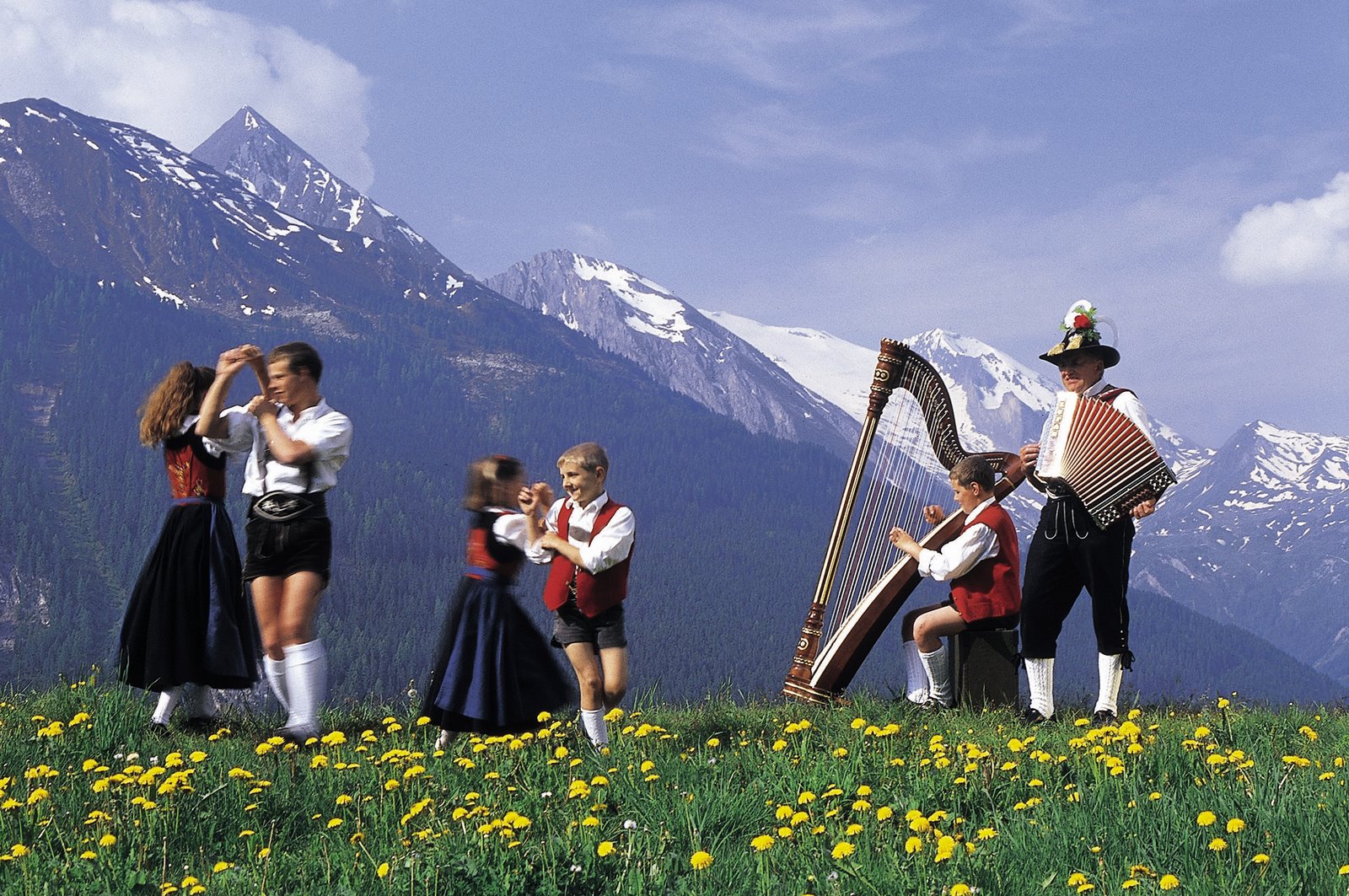
I have to say that it’s no wrong to love the new wines, but as a result, you’ll miss the charms of aging of thirty or fifty years, what a pity!
Because of these two “crimes”, I always feel sorry for the current status of Austrian wines, sorry for the wines which have a great aging potential but have been drunk prematurely, and sorry for the wine lovers who can’t taste the top level Austrian wines!
Finally, I can let go all these regrets at the 2018 International Wine Symposium.
After several months of hard work, we finally teamed up with the Austrian Wine Association to create a customized master class.
What a fool! Why do we design such a laborious non-mainstream product and strive to move forward in the bustling market?
The reasons are as follow:
Austria is one of the most careful winemaking countries in the world. Because it’s like New Zealand, the geographical area is small and the cost is high, they can only count on quality. Otherwise, they will have to compete with Chilean and Spanish bulk wine.
Austria has the toughest wine regulations in the world. Germany is famous for its preciseness and high quality, while Austria is even better. All of this stems from the world-shaking winemaking scandal happened in 1985 (You want to hear the story? Join our master class! ). To win through the utter defeat, that’s Austria.
The crystal-clear white wine is beautiful and deep, and the style varies greatly, from the dry to the sweet, all is good. Wouldn’t you want to see what it looks like after 20 years of baptism?

Highlights of the Masterclass
- There are only a few master classes about Austrian wines in China, and fewer wine tasting classes at such top level.
The truly wine lovers will understand the preciousness of systematically tasting wines from the single vineyards with the unique terroir and the rare old wines that are as precious as the Burgundy’s Grands Crus.
- All the wines selected in our master class of Austrian wines are famous, and have received high scores from Falstaff, the core wine magazine in the German-speaking region.
- In fact, this extraordinary list of wines of the master class is precisely designed. Participants will be able to experience a horizontal tasting of the same dimension and a vertical tasting of multiple dimensions:
Nine wines, divided into three groups, one set of three;
The first group, the DAC level wines of new vintages, which are quite fresh, letting us experience the locals’ favorites;
The second group is up to the intermediate quality, by understanding the interpretation of wines by Alte Reben and Federspiel, we can feel the charm of Austrian wines with longer aging process.
The third group reaches the top-level quality. We can realize the evolution of the flavors of the “Smaragd” as time gose by and their decennial progresses. I will never forget the vertical tasting of the Smaragd Grüner Veltliner from the 1985 vintage to the 2012 vintage held by the Knoll Winery. It was so amazing that words failed me. For me, it’s been unforgettable for many years…
The final group is composed of single vineyards (Ried); each of them occupies a terroir and has its own features. It’s hard to tell which one is better.
* Please see the end of the article “About Austria” for more information about Federspiel, Smaragd, etc.
In short, the three groups of nine wines have only one constant, that is the grape – Grüner Veltliner; but they cover the charm of five dimensions of Austrian wine:
- the evolution from the entry-level to the Federspiel level and then to the highest Smaragd level;
- the demonstration of their aging ability of nearly 20 years from the latest vintage 2017 to 1999;
- a parallel comparison of three important core regions within the same quality levels,
- a parallel comparison of different fermenting and brewing concepts within the same quality levels: pure stainless steel barrels VS Austrian old oak barrels;
• Finally, you get to know the secrets of terroirs from the three excellent single vineyards.
List of Wines
1.Loimer Langenloiser Kamptal DAC 2017
2.Zull Schrattenthal Weinviertel DAC 2017
3.Pfaffl Haid Weinviertel DAC 2017
4.Johann Donabaum Federspiel Point 2016 Wachau
5.Ebner-Ebenauer Alte Reben 2016 Weinviertel
6.Schloss Gobelsburg Tradition 2016 Kamptal
7.Tegernseerhof Loibenberg Smaragd 2009 Wachau
8.Bründlmayer Käferberg 2002 Kamptal
9.Domäne Wachau Achleiten Smaragd 1999 Wachau
- Loimer Langenloiser Kamptal DAC 2017
(Falstaff :91 points)
It’s Austria’s top-ranking winery that uses the biodynamics for winemaking. The modern winery on the ground, and the hundreds of years old wine cellars under the ground that were used to store weapons during World War II. Winemaker Fred Loimer was named the “Best Winemaker of the Year 2002” by Falstaff magazine.
Fred is passionate and experienced, and the whole family, including his two picky-nosed naughty sons, loves my Chinese cooking. So when you decide to go for a visit, please remember to show off. The excited owner will probably come up with a 40-year TBA to share with you!

- Zull Schrattenthal Weinviertel DAC 2017
(Falstaff :92 points)
Weinviertel, a wine region that extends from Vienna to the Czech border, is a vast and fertile plain of Danube. The Weinviertel DAC is the first Austrian region that applies the DAC regulations, and its Grüner Veltliner wine is light and energetic.
Located 80km northwest of Vienna, Schrattenthal is Austria’s smallest winemaking town. Zull is a family winery with a capacity of 10,000 boxes per year.
- Pfaffl Haid Weinviertel DAC 2017
(Falstaff: 92 points)
A well-known family business in the Weinviertel region, elected as Wine Enthiusiast Magazine’s European Winery of the Year 2016. The father is busy with the viticulture while the mother takes care of their grandchildren; the son concentrates on wine-making, while the daughter runs the sale; what a well-organized family. As the saying goes, to find something you love, then you don’t need to “work” every day.
- Johann Donabaum Federspiel Point 2016 Wachau
(Falstaff :92 points)
It’s a rising star of the Wachau region and Mr. Jancis Robinson loves it. The Young Johann believes that:
“Wine is just like the mirror, it should reflect the preciseness and the distinctive style of the region, the terroir and the winemaker. Each vineyard has the opportunity to create wines of excellent quality, but only with the hard work, can the winemaker find the excellence and perfection.”

- Ebner-Ebenauer Alte Reben 2016 Weinviertel
(Falstaff :92-94 points)
It’s also a top Austrian winery that recommended by Robert Parker and Jancis Robinson, the absolute mom-and-pop winery as the name of the winery shows.

The two ‘EE’ on the wine label is highly recognizable, which reminds me of the EE in my wine cabinet that I’ve purchased seven years ago. Good wine is easy to buy and forget. Remember the famous marshmallow experiment at Stanford University? If you resist the temptation and delay the enjoyment, you will get an amazing “compound interest” effect! For the precious wines, I have been religiously obeying the Marshmallow Rules.
The rebellious and courageous wife Marion bought the Grüner Veltliner from Schloss Gobelsburg (the next winery) and fermented it in a new barrel, when she was young. Her rebellious behaviors shock everyone, but she has earned the reputation with her success among the young winemakers in Austria.
The husband Manfred is from a winemaking family and he is the 16th generation. He dropped out of business school to become a winemaker. In the past 11 years, he and his wife have supported each other, adhering to the tradition and respecting to nature.

- Schloss Gobelsburg Tradition 2016 Kamptal
(Falstaff: 93 points)
It’s a famous winery that uses the organic planting and adheres to the spirit of monks; Falstaff Magazine selected its winemaker as the “Best Winemaker of the Year” in 2006. In terms of style, there are always some common characteristics that can be carefully appreciated during the master class:
1) Distinct interpretation of the terroir and characteristics of varieties;
2) An incredible balance is found in the fruit and mineral flavor, the depth and the acidity;
3) It is very likely that you will accidentally forget the control, make a mistake by turning the ‘tasting’ into ‘drinking’. But I am willing to make such mistake again and again!
- Tegernseerhof Loibenberg Smaragd 2009 Wachau
(Falstaff: 92 points)
It’s a famous Wachau winery with the Smaragd level that represents the highest level of Austrian dry white. This wine comes from the famous terraced single vineyard Loibenberg, which uses only stainless steel barrels. It keeps a charming and natural aroma while retaining a sense of tension, reminding drinkers of iodine, sea urchin and sea salt.
- Bründlmayer Käferberg 2002 Kamptal
This is a top winery that produces the top-level white wines in Austria, which are comparable to Burgundy’s wines. The owner Willie Bründlmayer has always been considered as Austria’s most talented winemaker with unique insights and highly developed idealism.
A single vineyard with an altitude of over 300 meters, even in warm years or delayed harvest, the toughness of acidity is not affected. The barren limestone mixes with the marine clay, which is very close to the soil structure of Pemorol Petrus; therefore the wine is extremely compact. After 2-3 years of fermentation in old Austrian oak barrels with a capacity of 300 liters, it is decanted into an old barrel of 2500 liters for aging.

- Domäne Wachau Achleiten Smaragd 1999 Wachau
(Falstaff :91 points)
A rare winery that has good performances both in quantity and quality in the Wachau region. The winemaking consultant is a master of wine. It produces the Smaragd wines that represent the highest level of Austrian dry white wines. It’s a single vineyard and its wines are hard to find in China. This time, we have the opportunity to discover the true taste of 20 years wine, which will make the locals jealous!
The wine is made in a traditional way, and the winery uses a large oak barrels for aging process until the color turns into the attractive golden. Its wines have a flavor of dried flowers, smoke, vermiculite and citrus fruits, which are complex and long.

About Austria
In Austria, the grapes are mainly planted in the four eastern states of Niederösterreich, Burgenland, Steiermark and Wien. There are 16 wine regions under these four states, but not every region is DAC. Districtus Austriae Controllatus (DAC) is Austria’s PDO, similar to the French AOC and the Italian DOCG.
In addition, Austria also rigorously evaluates the sugar content of grapes harvested according to the German KMW classification and classifies the wines as follows:
Tafelwein (Ordinary Table Wine), Landwein (Regional Wine), Qualitätswein (Quality Wine), Kabinett, Prädikatswein (Advanced Premium, this level covers the range from Spätlese to Eiswein), Spätlese, Auslese, Beerenauslese, Ausbruch (this level is only widely used in the Rust area), Trockenbeerenauslese, Eiswein.
In addition, there is a unique classification in the Wachau region, which has three levels for dry white wines:
Steinfeder: Early harvest, the alcohol is generally no more than 5%, the lightest and the most affordable wine among the three levels. The word Steinfeder comes from a grass that grows in the vineyards.
Don’t look down on it because of the level. This category is the most difficult to drink in the Chinese market (we don’t have it even in our master class), because they are mostly for local quaffing.
Federspiel: a minimum must weight of 17° KMW, roughly equivalent to Kabinett, the alcohol is generally between 5% and 12.5%, and the wine is not very strong, making it easier to “have a glass and a glass…”
Federspiel is a local falcon that is often hovering in the air.
Smaragd: Minimum 12.5% alcohol, with a maximum 9g/litre residual sugar, a heavy wine with a rich flavor and a strong ageing potential, some Smaragd represents the highest dry white wine level in Austria. Its name comes from the ‘emerald’ lizard that lives in the Vaughan vineyards.
Speaker
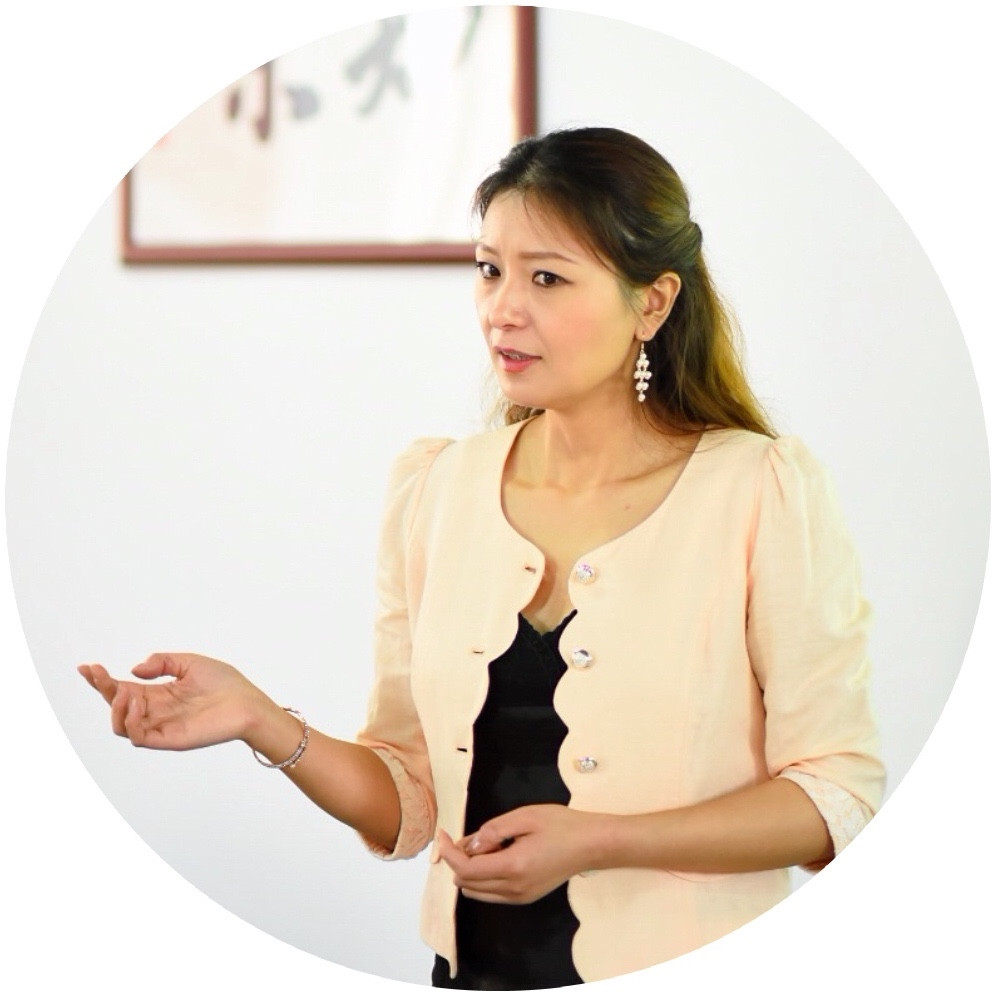
Ms. Young Shi
Co-founder of the TasteSpirit
Academic Advisor of TasteSpirit Wine Academy
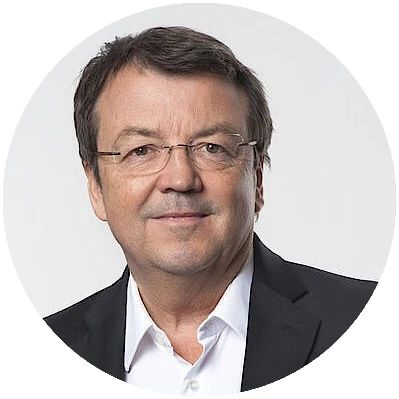
Mr. Wilhelm Klinger
President and CEO of the AWMB
The Austrian Wine Marketing Board (Österreich Wein Marketing GmbH) is based in Vienna, and is a national service body for the Austrian wine industry. The organisation was founded in 1986 with the aim to strategically support, coordinate and maintain quality and sales. We can say that Mr. Wilhelm Klinger is one of the figures who know the most of the Austrian wines
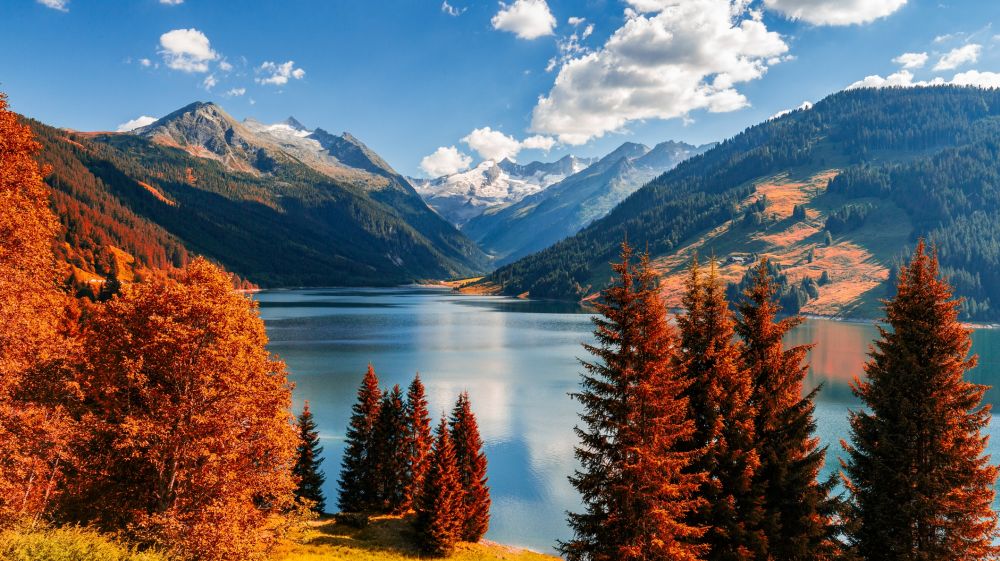
Masterclass: Decode the Terroir of Austria with Wilhelm Klinger and Young Shi
Time: 30 November 2018, Friday 18:00-19:30
Address: Multi-function Hall, 3rd Floor, The St. Regis Shanghai Jing’an, No.1008, West Beijing Road
Price: Early bird ticket 1390 RMB / person, a pair of tickets 2580 RMB
(35 places only for early bird price)
Original price 1590 RMB/ person
Speaker: Ms. Young Shi, the Academic Advisor of TasteSpirit Wine Academy,
Mr. Wilhelm Klinger, the President of the AWMB
Language: English, on-site interpretation into Chinese
Registration: Click here to register>>
* There’re no printed copies of the master class tickets. Once the purchase is finished, please keep the e-ticket for admission.